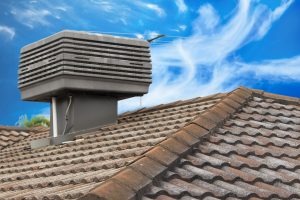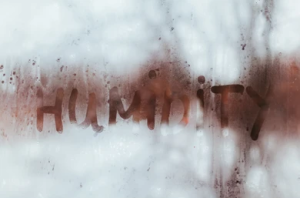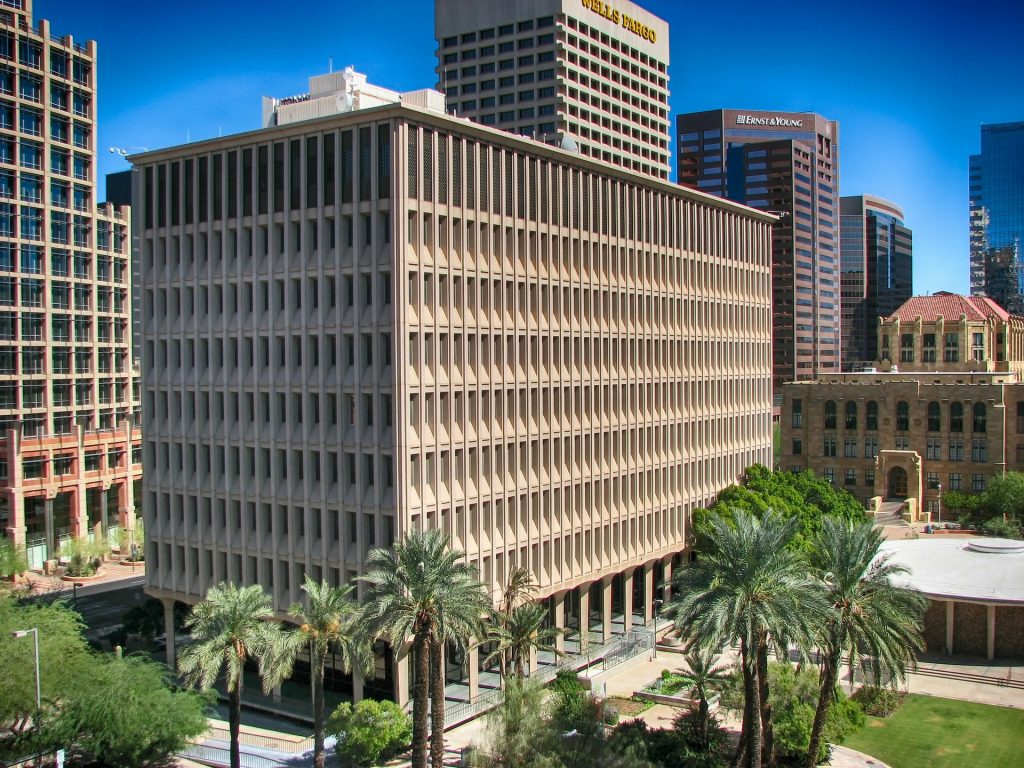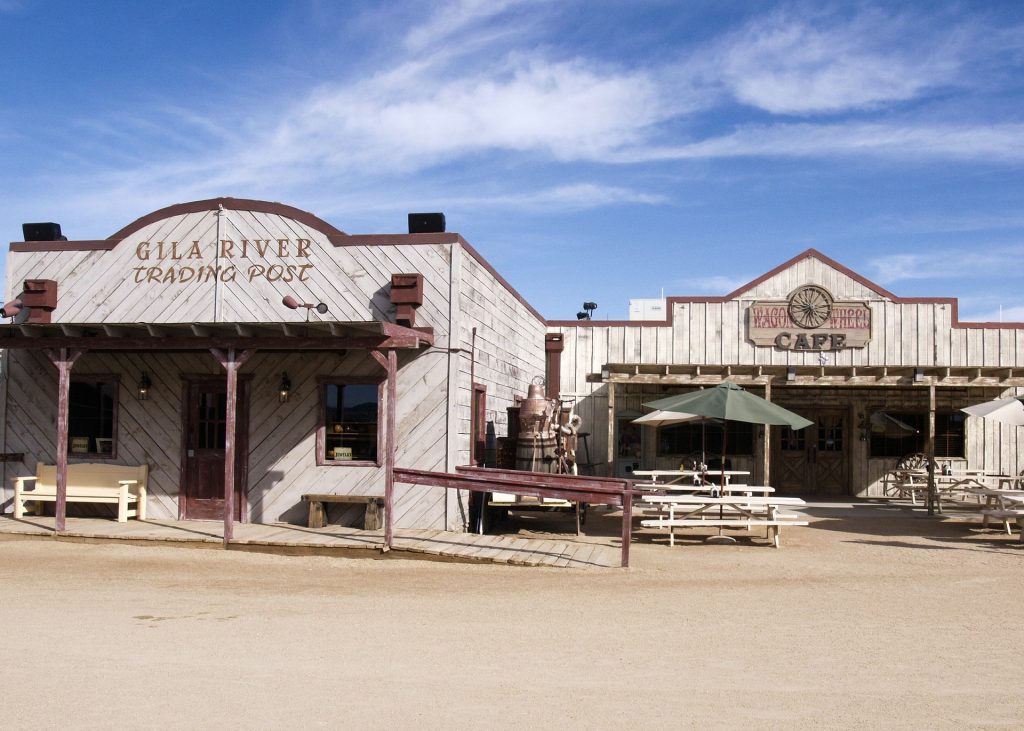Arizona is fairly well-known as a dry state. The entire Southwest has less and less water available each year. This is not a new problem and has only been of increasing concern for the last few years. Water issues in Arizona are characterized by increased demand, and decreased supply.
One of the main water issues surrounding water in Arizona is conservation. How can we make sure that everyone who needs water has it, without running out of water? This is a complex and challenging problem, without any clear solution. One important thing to mention when discussing the issues of water conservation in Arizona is that no drastic changes are expected. Though a water shortage is certainly on the minds of many Arizona residents, the powers that be are also against any sort of sudden changes made in the name of water conservation. This means that although some of the issues we’re discussing today may sound dire, and should be taken seriously, we don’t need to panic just yet.
Today we’re going to be bringing you up to speed on some of the common water issues in Arizona. Once you’ve read our report, you’ll be more familiar with Arizona’s water problems, as well as what’s being done to combat them.
The Issues Surrounding the Colorado
The Colorado River is the main source of water in the great state of Arizona. The Colorado River is the main source of water for over 40 million people. In 2020, Arizona and Nevada undertook their first-ever cuts to cuts to water diversion, as part of the Colorado River Drought Plan. This was an historic moment, brought on by increasing concern about the level of water usage along the Colorado.
Lake Mead was used as a high watermark. Since it’s depth dropped below 1090 feet above sea level, the Colorado River Drought Contingency Plan came into effect and began on Tier 0. The Central Arizona Project, which controls the canal which brings water from the Colorado River into central Arizona began reducing the amount of water that it withdrew from the river.
This causes some challenges, as no additional water was able to be stored underwater to combat future droughts. Simply put, the water that was available was 100% used.
The usage of the Colorado River is one of the most complex and challenging water problems in Arizona. If you’re specifically trying to understand the water problems in Phoenix, Arizona, look no further than challenges, as much of the water that Phoenix residents use comes from the Colorado river.
This causes prices to rise. When the prices rise, and the amount of available water drops, many turn to groundwater.
Groundwater Problems
The Arizona Department of Water Resources is the organizational body that is responsible for allocating water resources in the state of Arizona. One aspect of their job is making sure that new developments in Arizona are consistent with the amount of available groundwater. In simple terms, developers, farmers, homebuilders and homeowners have to make sure they understand how much water is available, as they won’t be able to build homes or farms beyond the acceptable limit.
One of the key issues has to do with the 1980 Groundwater Management Act. This act lays out in very strict terms how much development can be done based on available water. The shortfall of this legislation is that it doesn’t cover the entire state. Some side-stepping around these regulations occurs in certain areas, which leads to a greater depletion of water in areas without legal protection.
Understanding and controlling groundwater in Arizona is a huge problem. Combined with cutbacks to the Colorado River diversions that many Arizona residents rely on for their home and work, this is another challenge.
New Investigations to Combat Water Issues in Arizona
So, since we have a shortage of groundwater, and we have to carefully manage the diversions from the Colorado River, how can we make sure we have enough water for Arizona?
Well, many possible sources of water are being considered. We know that desalination and processing saltwater is an option. Luckily, Arizona isn’t quite at the point where that has become feasible. It’s currently too expensive to be taken seriously. However, if water levels continue to drop in Arizona, don’t be surprised to see any options being considered.
Conservation: Addressing Arizona Water Problems
The key to all of this is conservation. Only through conservation can Arizona residents make sure they and the future generations have enough water. To help out, we’ve got some water conservation tips that can help you make a difference in the overall amount of available water in Arizona, and prevent stricter water restrictions from occurring.
The EPA brings us some basic conservation tips here.
Repair Leaks
This goes for faucets, toilets, shower fixtures, or anything else that uses running water. Small leaks can go unnoticed, especially if they’re leaking right into a drain. But small leaks can cause huge water loss over a long period of time.
Outdoor Management
Lawns can be a huge source of water usage. To combat this, try establishing a smaller lawn, or an outdoor space that utilizes more local plants. Also, consider cutting your grass a little longer, and leaving it that way. The extra shade will reduce the amount of water your lawn needs to stay happy and healthy.
Kitchen Tips
Consider washing vegetables in a large bowl, instead of under running water. Also, many newer dishwashers feature a ‘light-wash’ setting. If you rinse your plates, only a light disinfecting option could have your dishes in a perfectly serviceable condition.
Bathroom Conservation
Consider reducing or cutting out baths. Short showers use far less water and can get you just as clean. Consider brushing your teeth while you’re showering as well. When you shave, consider filling up the sink, as opposed to washing a razor out under running water.
There is no single solution to the water challenges facing Arizona residents. A combination of many strategies, some of which haven’t even been implemented yet, will be the ultimate solution to Arizona’s growing water issues. If we all do our part, we can contribute to fixing the problems in a way that makes sure that every Arizona resident has access to clean water forever.














